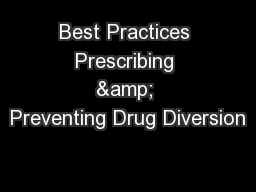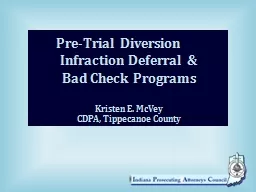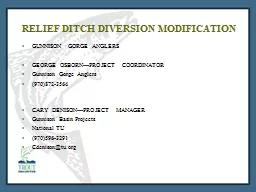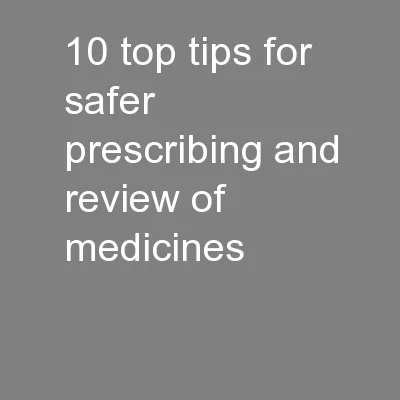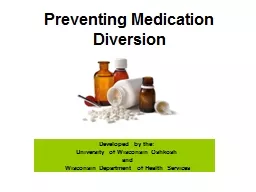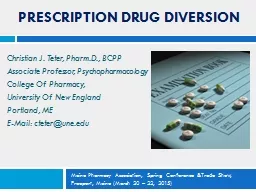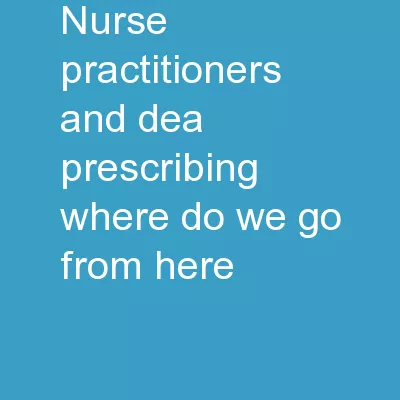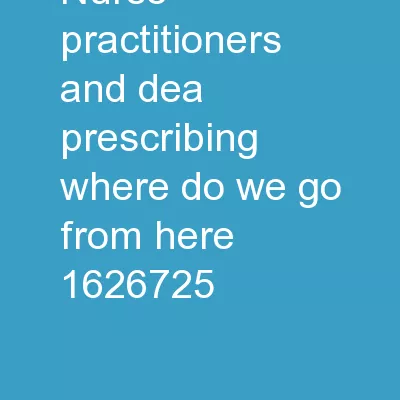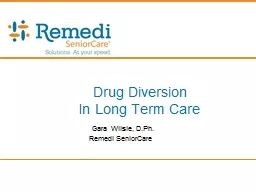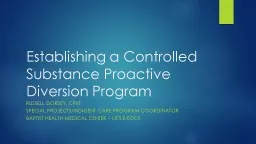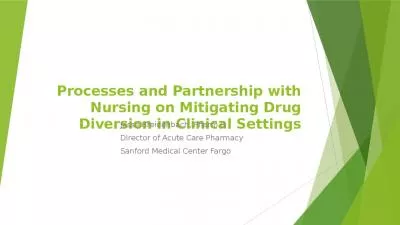PPT-Best Practices Prescribing & Preventing Drug Diversion
Author : debby-jeon | Published Date : 2018-11-12
What All Nurses Must Know What you will Learn The current dilemma pain management vs risk of substance misuseabuse Best practices for rational transparent and risk
Presentation Embed Code
Download Presentation
Download Presentation The PPT/PDF document "Best Practices Prescribing & Prevent..." is the property of its rightful owner. Permission is granted to download and print the materials on this website for personal, non-commercial use only, and to display it on your personal computer provided you do not modify the materials and that you retain all copyright notices contained in the materials. By downloading content from our website, you accept the terms of this agreement.
Best Practices Prescribing & Preventing Drug Diversion: Transcript
Download Rules Of Document
"Best Practices Prescribing & Preventing Drug Diversion"The content belongs to its owner. You may download and print it for personal use, without modification, and keep all copyright notices. By downloading, you agree to these terms.
Related Documents

